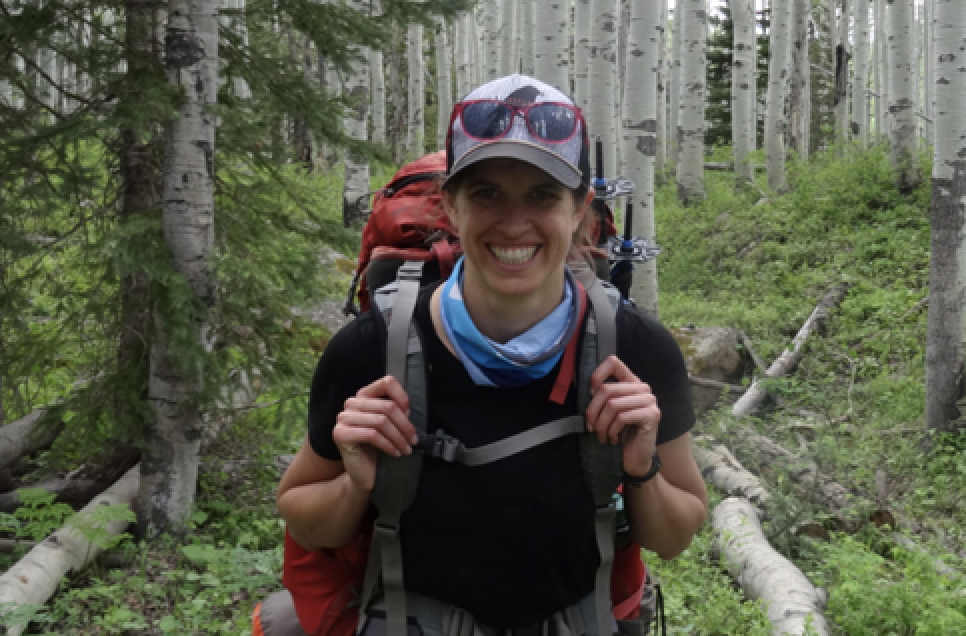We sat down for five minutes with Kristen Boysen, an Associate supporting Environmental Incentives’ habitat team. Kristen tells us more about her role, what drew her into the environmental field, and the key trends she sees emerging in environmental conservation.
How would you describe your role?
I am an Associate on the habitat team and based in Denver. I support the development of environmental programs across the western United States. We help government agencies and nonprofit organizations understand how they can more effectively improve the management of habitats and natural resources in their regions. I get to work with lots of different people, learn about many different species and natural resources (snakes, pollinators, groundwater!), and communicate successes and best practices for improving the environment.
What is your favorite aspect of your job?
My favorite part of my job is when we work with both scientists and policymakers, translating the newest conservation innovations into real tools and programs at the local and state levels. Our Habitat Quantification Tools and our work in mitigation are great examples of this. I convene and learn from technical experts, and then use their recommendations to help create policies and programs that not only improve the environment but are also realistic in scope.
What was your dream job growing up?
I wanted to be a novelist. Or a biologist protecting tigers. I’m not so far off that second one!
What trends do you see emerging in conservation?
In their five-minute interviews, Erik talked about trends in data use and Kelsey discussed locally-based solutions, both of which are critical for conservation efforts worldwide. They are also both critical as we turn our attention toward climate change; it’s certainly not a new problem, but one that is finally gaining real traction in the public’s attention. Governments at all levels are thinking about how we can design our towns, communities, and landscapes to be resilient (or adaptable) to changes in the climate. It is clear that we cannot build our way out of climate impacts and instead have to rely on ecosystem benefits provided by oceans, forests, prairies, and wetlands. Green infrastructure is becoming mainstream. Now people are talking not only about how to manage farms and forests to increase carbon sequestration and water quality but also how to incentivize private landowners to create these community benefits. The idea of multi-benefit projects is cropping up everywhere: Forests have to be managed to reduce wildfires while still providing timber and recreational opportunities; farms have to be designed to withstand drought, increase soil carbon, and still provide food; and marshes need to absorb floods to protect communities and provide habitat for migratory birds and spawning grounds for fisheries.
What are some of your hobbies?
Books, bikes, and birds.
What is one food you could not live without?
Tacos—they’re good for any occasion or meal.
What is your favorite thing to do in Denver?
During our stay-at-home time, I have very much enjoyed my evening walks around the neighborhood, admiring my neighbors’ landscaping projects. Denver has great bike lanes and bike paths so I like exploring the city that way as well.
What are some of your biggest accomplishments to date?
I won a s’mores roasting contest once. I led a backpacking trip of 10 teenage boys who had never been camping, and they survived and loved it. I facilitated a workshop to California state agencies on how conservation finance can improve the environment. I helped the California Department of Water Resources figure out how to support habitat while still meeting their maintenance requirements. And I fixed an outboard motor on a dingy while five miles offshore with no other hope of getting back to land. (Well, we had one oar. We would have made it.)



